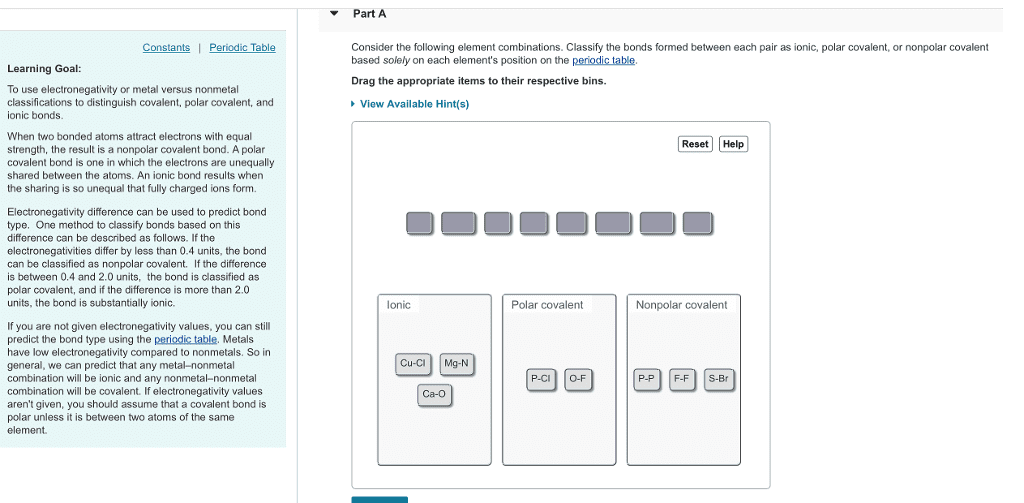BCHM 10000 Lecture Notes - Lecture 9: Carboxylic Acid, Stereoisomerism, Joule

●Polarity is a term that describes how electrons are shared or transferred between two
atoms
●A molecule is polar if there is an unequal distribution of charge (based on
electronegativity differences or shape)
Electronegativity: the tendency of an atom to attact electrons
A bond between C and O is a polar because the difference in electronegativity is 1.
A bond between Na and Cl is an ionic because the difference in electronegativity is 2.1.
A bond between C and H is a nonpolar because the difference in electronegativity is .4.
Water and hydrogen bonds
●Biological processes are based upon carbon chemistry and occur in a largely aqueous
environment.
●Water is a unique solvent whose properties are extremely important to biochemistry.
●Water is a dipole because of its geometry and the difference in electronegativity between
hydrogen and oxygen (and nitrogen).
●In water, the hydrogen atoms have a partial positive charge, and the oxygen atom has a
partial negative charge and this permits hydrogen bonding.
Document Summary
Polarity is a term that describes how electrons are shared or transferred between two atoms. A molecule is polar if there is an unequal distribution of charge (based on electronegativity differences or shape) Electronegativity: the tendency of an atom to attact electrons. A bond between c and o is a polar because the difference in electronegativity is 1. A bond between na and cl is an ionic because the difference in electronegativity is 2. 1. A bond between c and h is a nonpolar because the difference in electronegativity is . 4. Biological processes are based upon carbon chemistry and occur in a largely aqueous environment. Water is a unique solvent whose properties are extremely important to biochemistry. Water is a dipole because of its geometry and the difference in electronegativity between hydrogen and oxygen (and nitrogen). In water, the hydrogen atoms have a partial positive charge, and the oxygen atom has a partial negative charge and this permits hydrogen bonding .


